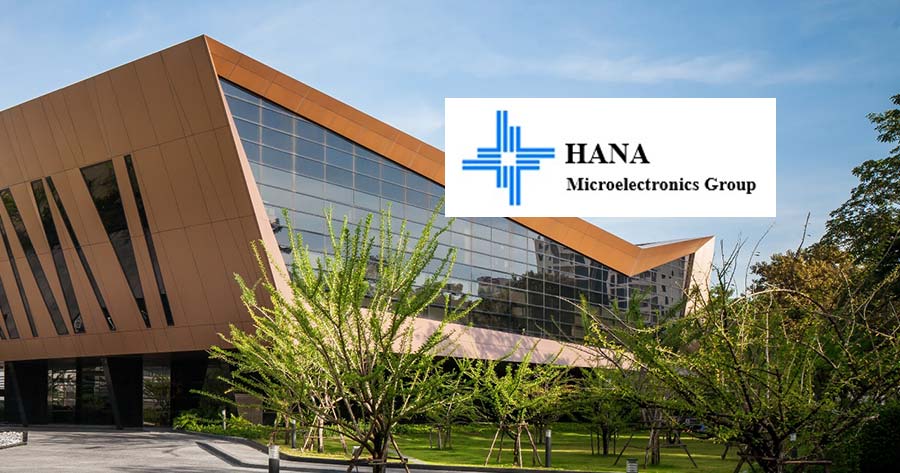On Friday at 11:13 AM (Bangkok time), the share price of Hana Microelectronics Public Company Limited (SET: HANA) dropped by 5.11% or THB 0.90 to THB 16.70, with a trading value of THB 184.50 million.
Finansia Syrus Securities (FSS) stated that the recovery outlook for HANA continues to be sluggish, with little sign of improvement expected for at least the next two quarters.
The brokerage firm highlighted delays in revenue recognition from new artificial intelligence (AI) projects, which have now been pushed to the second quarter of 2026 from the previously anticipated late 2025. As a result, order momentum is likely to remain weak between the fourth quarter of 2025 and the first quarter of 2026.
HANA’s Power Management System (PMS) segment is under pressure due to fierce price competition in China. HANA currently relies on local partners in China and is working to expand its client base in South Korea and India. The company is also developing new products, such as the Gen3 SiC Mosfet.
Management noted that competition in these new areas remains low due to a limited number of developers, but these products are expected to be ready in the second quarter of 2026. This suggests the PMS business could continue posting losses until at least mid-2026, with further risk of provisions for its silicon carbide production line should recovery stall.
In the Outsourced Semiconductor Assembly and Test (OSAT) business, the Ayutthaya plant is operating at its lowest utilization rate of 40% and is still loss-making. Recovery at this facility is projected for the first half of 2026. Meanwhile, the OSAT plant in China has cut its workforce by 12%, bringing it closer to breakeven, with management anticipating a possible return to profitability by the first quarter of 2026.
Separately, revenue recognition from a new solid-state cooling system project related to AI has also been delayed to the second quarter of 2026 under the revised timetable set by customers. Management expects to expand this project further in the second half of the same year.
In the U.S., the RFID business has been under pressure from intense competition, posting losses in the third quarter of 2025, while the RFID tag products in Europe remain sluggish. Both business lines are forecasted by the company to begin recovery by mid-2026.
Nonetheless, Finansia noted that HANA continues to face considerable short-term challenges, and investors will need to monitor whether the projected recovery in the second quarter of 2026 materializes as management expects. Should recovery lag further, the company could face additional provision risks, particularly concerning the silicon carbide product line in South Korea.





